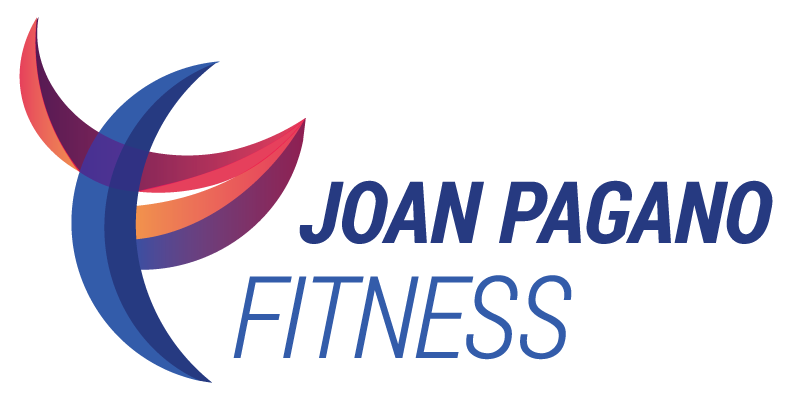Confused by the Calcium Controversy? Play it Safe: Eat Right and Exercise!
Calcium supplements are in the news because of conflicting results of several major studies and recommendations by the US Preventive Services Task Force. The varying conclusions of researchers showed inconsistent findings, putting into question the benefits of supplements containing calcium to prevent bone loss. The studies' conclusions ranged widely, finding that calcium pills:
Increase the risk of heart attack by as much as 30%
Decrease the risk of hip fracture by 35% in post-menopausal women with no increase in heart attack
Increase the risk of heart attack by 20% in men (who smoke), but not in women (in men and women aged 50-71).
Do not prevent bone fractures and may increase the risk of kidney stones
What do experts draw from this controversy? First, that better studies are needed to clarify the possible risks and benefits and to whom they may apply. Secondly, that the safest and most effective source of calcium is found in food choices, not supplements. And finally that exercise is key to bone health, specifically weight bearing and strength training exercises.
Like muscles, your bones get stronger when you make them work, training them to handle more stress or resistance. Exercise should maximize the load to the bones with a progressive (i.e. gradual intensification) program of weight bearing aerobic exercise and weight lifting. Assuming your joints are healthy, you should aim for:
High impact aerobic exercise: defined as activities in which both feet are off the ground at the same time, as in running, jumping rope, and high-impact aerobic dance; also sports like basketball, volleyball and gymnastics.
High intensity weight lifting: using the heaviest weights you can lift in good form for 8-12 repetitions with the last few reps being challenging.
Balance and stabilization exercises: using a stability ball, BOSU and foam rollers, which recruit the muscles of the core body as you master unstable surfaces. Improving your balance reduces your risk of falling.
Remember: To protect your joints from injury, use good judgment regarding high impact exercise and high intensity weight lifting. Be sure to increase the workload gradually.
If you've already been diagnosed with osteoporosis, downshift into low impact exercise to avoid jarring the spine and other vulnerable joints. The National Osteoporosis Foundation maintains that the benefits of calcium supplements are likely to outweigh any risks in women over 50 who have osteoporosis, broken bones or significant risk factors for fractures.
Of course, this information should not take the place of guidance from your own physician or other medical professional. Always consult with your doctor before beginning an exercise program or becoming much more physically active.

